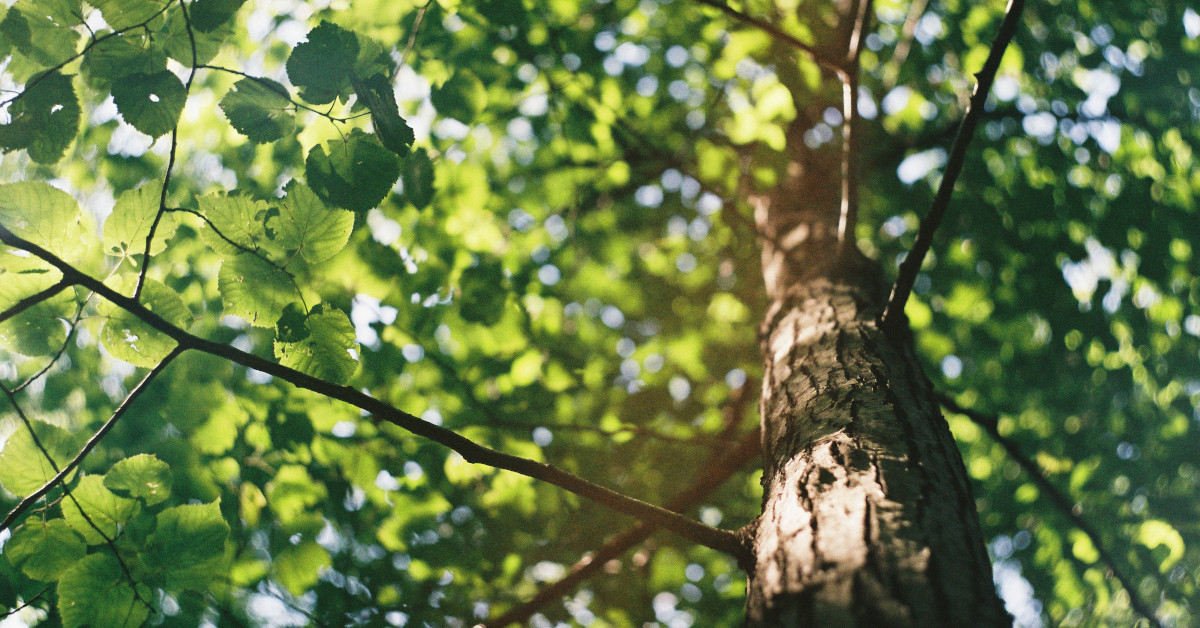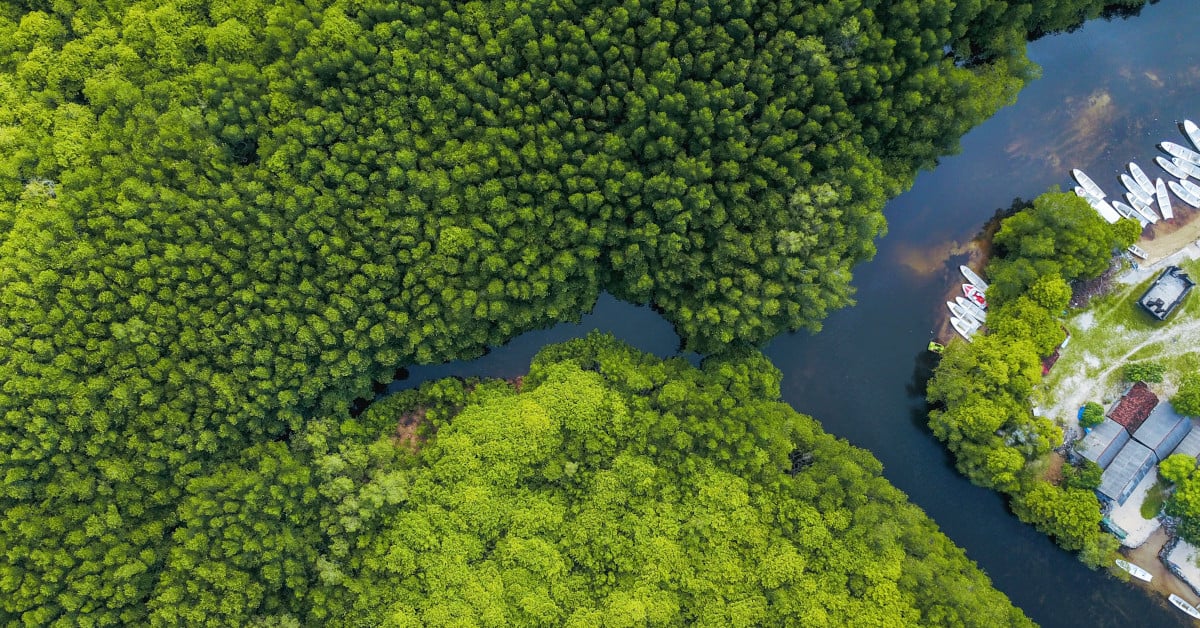Bats and White-Nose Syndrome: How YOU Can Make a Difference
Did you know? White-Nose Syndrome (WNS) has affected approximately 5.7 million bats since its discovery in 2006. WNS is caused by a fungus (Pseudogymnoascus destructans), that grows on the nose (and sometimes wings, ears, and tails) of hibernating bats. This relatively new disease is still unknown to many people. Increasing people’s awareness of WNS is the first step to combating the deadly disease that is running rampant throughout the eastern United States and Canada. Read on to find out how YOU can make a difference to help protect nature’s furry little pest exterminators.

By Tommy Molioo
September 11, 2013
Did you know? White-Nose Syndrome (WNS) has affected approximately 5.7 million bats since its discovery in 2006. WNS is caused by a fungus (Pseudogymnoascus destructans), that grows on the nose (and sometimes wings, ears, and tails) of hibernating bats. This relatively new disease is still unknown to many people. Increasing people’s awareness of WNS is the first step to combating the deadly disease that is running rampant throughout the eastern United States and Canada. Read on to find out how YOU can make a difference to help protect nature’s furry little pest exterminators.
White-Nose Syndrome (WNS) has affected approximately 5.7 million bats since its discovery in 2006. WNS is caused by a fungus (Pseudogymnoascus destructans), that grows on the nose (and sometimes wings, ears, and tails) of hibernating bats. This relatively new disease is still unknown to many people. Increasing people’s awareness of WNS is the first step to combating the deadly disease that is running rampant throughout the eastern United States and Canada. Read on to find out how YOU can make a difference to help protect nature’s furry little pest exterminators.
What is White-Nose Syndrome?
White-Nose Syndrome (WNS) is the name given to an affliction in bats caused by the fungus Pseudogymnoascus destructans. While bats hibernate during the winter months or when they roost in groups, a tell-tale white fungus grows primarily on the bats’ muzzle (nose), as well as the wings, ears and tail membrane. Since the fungus grows and thrives in very cold weather, hibernating bats are the most susceptible to contracting the disease. The fungus disrupts the bats’ hibernation, causing them to wake, exert too much energy, thus depleting their meager fat/energy stores. It also disrupts a variety of physiological functions- causing damage to the wing tissue (which makes up 80% of a bat's "surface area") causing dehydration, disruptions to blood pressure and temperature regulation, and passive gas exchange. Ultimately, WNS-infected bats die from starvation, because the disease wakes bats in winter, when food sources are very little or nonexistent. On the other hand, WNS symptoms have also been observed all year round, usually when both male and female bats roost together in colonies. Research has shown that bat-to-bat transmission is the primary system for transmittal; however, fungal spores can be inadvertently transported into and between caves by humans on their clothing and gear.
WNS was first discovered in the winter of 2006-2007 in New York. Since then, the pathogenic fungus has spread to the north, south and west; to Canada, most of the gulf coast states, and as far west as Oklahoma. Thankfully, the fungus has not crossed the Oklahoma panhandle…yet. Currently, bats in 23 States and 5 Canadian provinces are experiencing WNS. The latest discoveries of this disease have been confirmed in Minnesota and Georgia, as recently as August and March 2013, respectively. Most cases have been reported at known bat hibernation sites, which are often located at state parks with caves and active spelunkers.
Is there a cure?
At present, there is no cure for WNS. Therefore, biologists and veterinarians have focused on researching the cause and transmission of the disease, as well as on raising people’s awareness of the disease to help prevent further outbreaks. As more research is conducted and more information is gathered, a cure for WNS will eventually be discovered. In fact, agencies such as the United States Fish and Wildlife Service (USFWS) are so dedicated to finding a cure that they are awarding a total of almost $1 million worth of grants to 28 states for WNS research; and have also awarded research and state support grants totaling over $12 million.
What are bats’ roles in the ecosystem?
Although bats benefit humans’ everyday lives, the ecological value of bats are most strongly felt in agriculture. Bats usually prey on pests that carry diseases or destroy crops. Bats are known to feed on mosquitoes, caterpillars, and worms, making for natural pest control mechanisms. Pollination is another benefit brought by bats. After eating fruits, bats can spread seeds to great distances. Bats can also pollinate flowers by feeding on their nectar.
How can YOU help to reduce the spread of this disease?
Since human transportation of fungal spores has been determined to be the secondary cause of WNS transmission, educating the public on how to reduce potential transmission is of the utmost importance. When visiting a mine or cave, tourists and researchers must always follow the park ranger’s directions, or adhere to the guidelines described in the National White-Nose Syndrome Decontamination Protocol.
To help in controlling the spread of WNS-causing fungus, always remember to decontaminate clothing prior to and after entering an area with potential roosting bats, and dedicate separate sets of clothing and gear to individual caves or mines. Never travel or transport gear to another bat roost after just leaving an area with potential WNS contamination. If you encounter a bat that you believe is experiencing WNS symptoms, don’t touch it; take a picture (if possible) from a safe location, and immediately contact your local wildlife professional from a state or federal agency. Keep in mind any questions about bats or sightings of bats you suspect infected with WNS, and inform state or federal wildlife professionals. Lastly, let others know of humans’ potential to spread this disease when on hikes or visiting state parks. To learn more about WNS, and to stay up-to-date with the most recent information and decontamination protocols, visit www.whitenosesyndrome.org
FirstCarbon Solutions (FCS) offers Environmental Assessment and Natural Resources Management to help you mitigate adverse impacts on endangered wildlife species around your area. Request a consultation with us today and save more wildlife!
Related Articles
Environmental Impacts, Natural Resources Management, Environmental Assessments
By Adrienne Garcia on March 10, 2020
Environmental Impacts | Sustainability | Forests | Organization
By Kevin Bolland on December 23, 2019
Environmental Impacts | Environmental Assessments | CEQA | Environmental Planning | city planning
By Megan Crawford on November 19, 2019
Natural Resources Management | FCS | Forests
Be a sustainability leader.
Our team supports you no matter where you are on your Sustainability Journey. Talk to us today to learn more.





